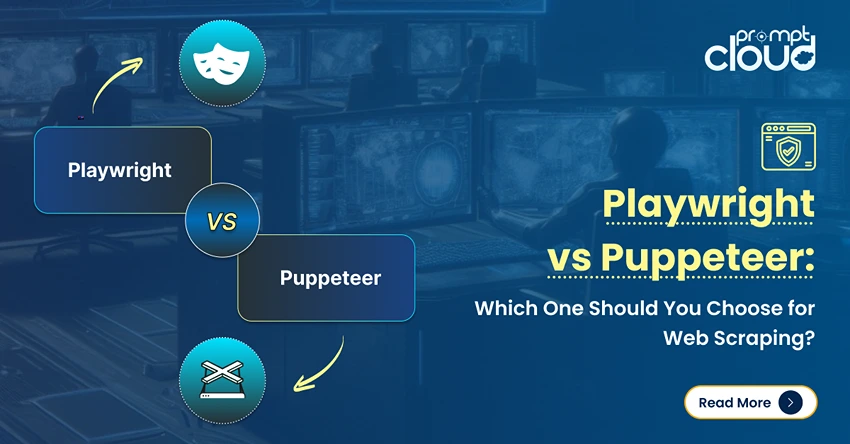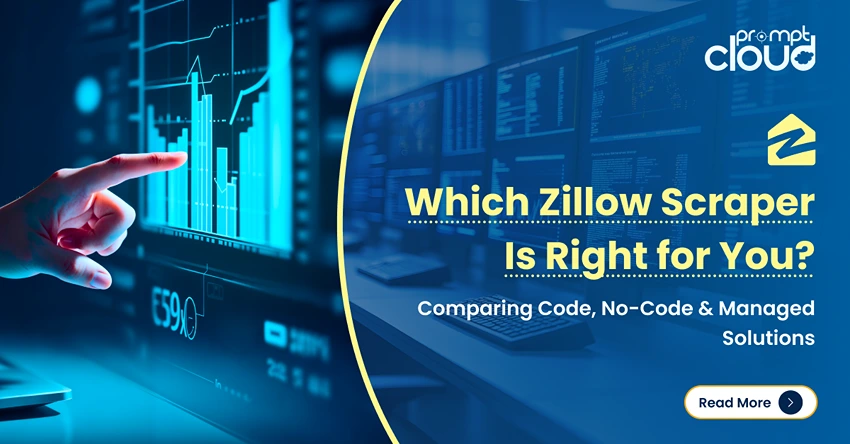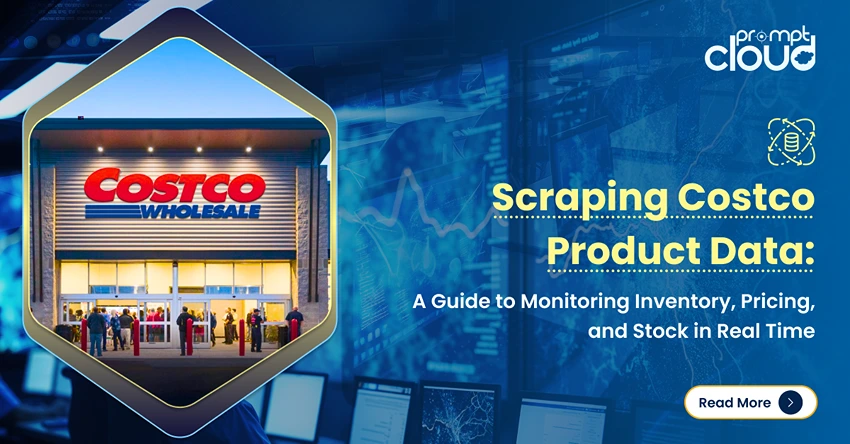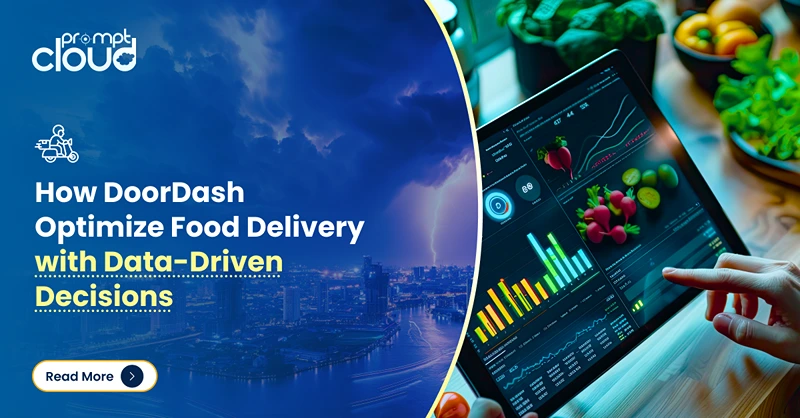
In the highly competitive food delivery industry, DoorDash has emerged as a market leader by leveraging data-driven strategies. From pricing optimization to demand forecasting and competitor analysis, DoorDash’s growth story is an example of how data intelligence can transform an on-demand service into an industry giant.
For food delivery businesses looking to scale, understanding how DoorDash utilizes web scraping, real-time analytics, and data-driven insights can be a game-changer. This article explores how DoorDash uses data at every stage of its business and how similar companies can benefit by leveraging web scraping solutions like PromptCloud.

Source: https://www.skillademia.com/
How Data Helped DoorDash Dominate the Market
Founded in 2013, DoorDash entered a highly competitive food delivery market dominated by players like Uber Eats and Grubhub. What set them apart was their strategic use of data to optimize every aspect of their operations. Through real-time data analysis, competitive intelligence, and deep market insights, DoorDash quickly scaled its platform to become a leader in the industry.
Web scraping played a crucial role in this transformation, helping DoorDash gather critical data points, track market trends, and refine business strategies to maximize efficiency.
Leveraging Data for Pricing Optimization
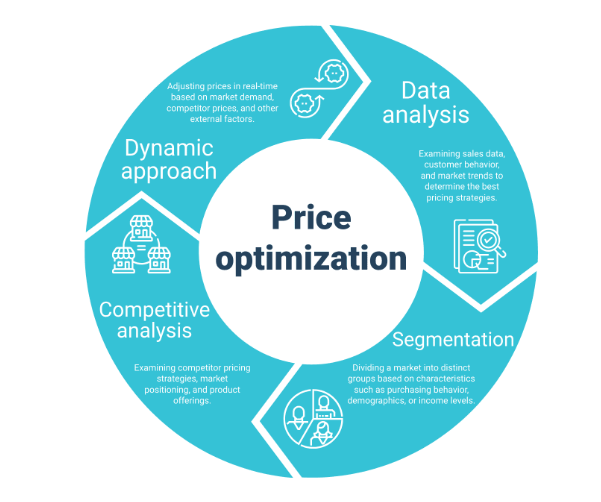
Source: https://www.luigisbox.com/
Price optimization is dependent on many factors, as shown in the image above. Pricing is one of the most critical factors in food delivery. DoorDash employs a dynamic pricing model, adjusting delivery fees based on demand, order volume, and competitor pricing. The company collects vast amounts of data from:
- Competitor platforms to track their pricing strategies.
- Real-time demand fluctuations to implement surge pricing.
- Customer order behaviors to offer promotions and discounts.
By leveraging automated web scraping, DoorDash constantly monitors competitors like Uber Eats, Grubhub, and Postmates to ensure their pricing remains competitive while maximizing profits. This data-driven pricing strategy is key to staying ahead in a price-sensitive market.
Optimizing Delivery Routes with Data Insights
A significant part of DoorDash’s operational efficiency comes from its logistics and routing algorithms. The company collects data from multiple sources, including:
- Traffic conditions and weather updates to estimate delivery times.
- Historical order patterns to identify peak hours and adjust driver availability.
- Customer locations to optimize delivery zones and minimize transit time.
This ensures that deliveries are faster, reducing wait times and increasing customer satisfaction. By leveraging AI and machine learning, DoorDash continuously improves route optimization for its fleet of drivers.
How DoorDash Tracks Competitors with Web Scraping

Competitive intelligence is a major advantage in the food delivery industry. DoorDash employs web scraping techniques to monitor:
- Competitor menu offerings and pricing updates.
- Delivery times and service availability in different locations.
- Customer reviews and sentiment analysis to identify gaps in service.
By gathering and analyzing this data, DoorDash identifies market trends, fills service gaps, and ensures its restaurant partners are competitive. Companies looking to gain similar insights can leverage PromptCloud’s web scraping services to track their competition and stay ahead in the game.
How DoorDash Enhances Customer Experience with Data Analytics
DoorDash’s commitment to customer satisfaction is evident in its use of data to personalize user experiences. The platform collects data on:
- Order preferences and repeat purchases to suggest relevant restaurants.
- Peak demand hours to offer strategic discounts.
- Customer feedback to refine restaurant recommendations.
Through AI-driven insights, DoorDash creates a tailored user experience, increasing engagement and customer retention.
Demand Forecasting & Expansion Strategy
DoorDash uses data to predict demand patterns and make strategic decisions about expansion. By analyzing:
- Order volume trends in different cities.
- Restaurant density and consumer spending habits.
- Seasonal fluctuations in food orders.
DoorDash efficiently scales its operations and enters new markets with confidence. For businesses looking to expand, data-driven decision-making is non-negotiable.
Why Food Delivery Companies Should Leverage Web Scraping
The success of DoorDash is largely driven by its ability to continuously monitor and adapt to the market. Web scraping plays a critical role in this process by providing real-time insights into competitor strategies, customer behaviors, and pricing trends.
How PromptCloud Can Help:
- Automate competitor tracking with real-time data extraction.
- Extract pricing insights to refine your pricing strategy.
- Gather customer sentiment analysis to improve service offerings.
- Optimize delivery logistics by analyzing traffic and demand data.
For food delivery companies looking to scale, investing in a web scraping solution like PromptCloud can unlock actionable insights, enhance operational efficiency, and drive business growth.
Conclusion
DoorDash’s rise to the top of the food delivery industry is a testament to the power of data-driven decision-making. From pricing optimization to competitor analysis and route efficiency, every aspect of their success is backed by real-time data insights.For businesses looking to achieve similar growth, leveraging automated data extraction through PromptCloud can be a game-changer. Stay competitive, optimize operations, and scale faster with the power of web scraping and data intelligence. Get in touch with us at sales@promptcloud.com for custom web scraping solutions.










